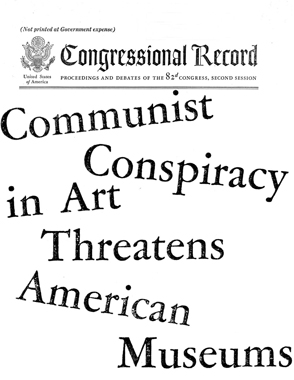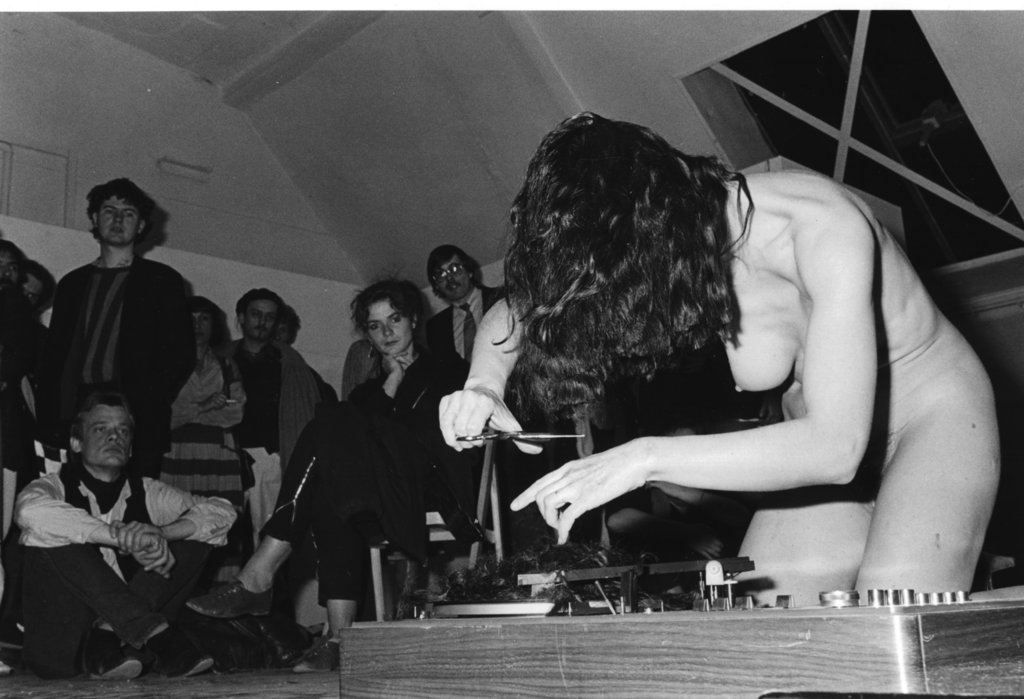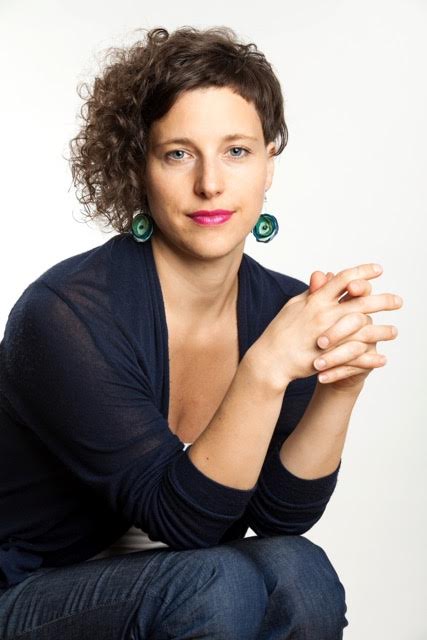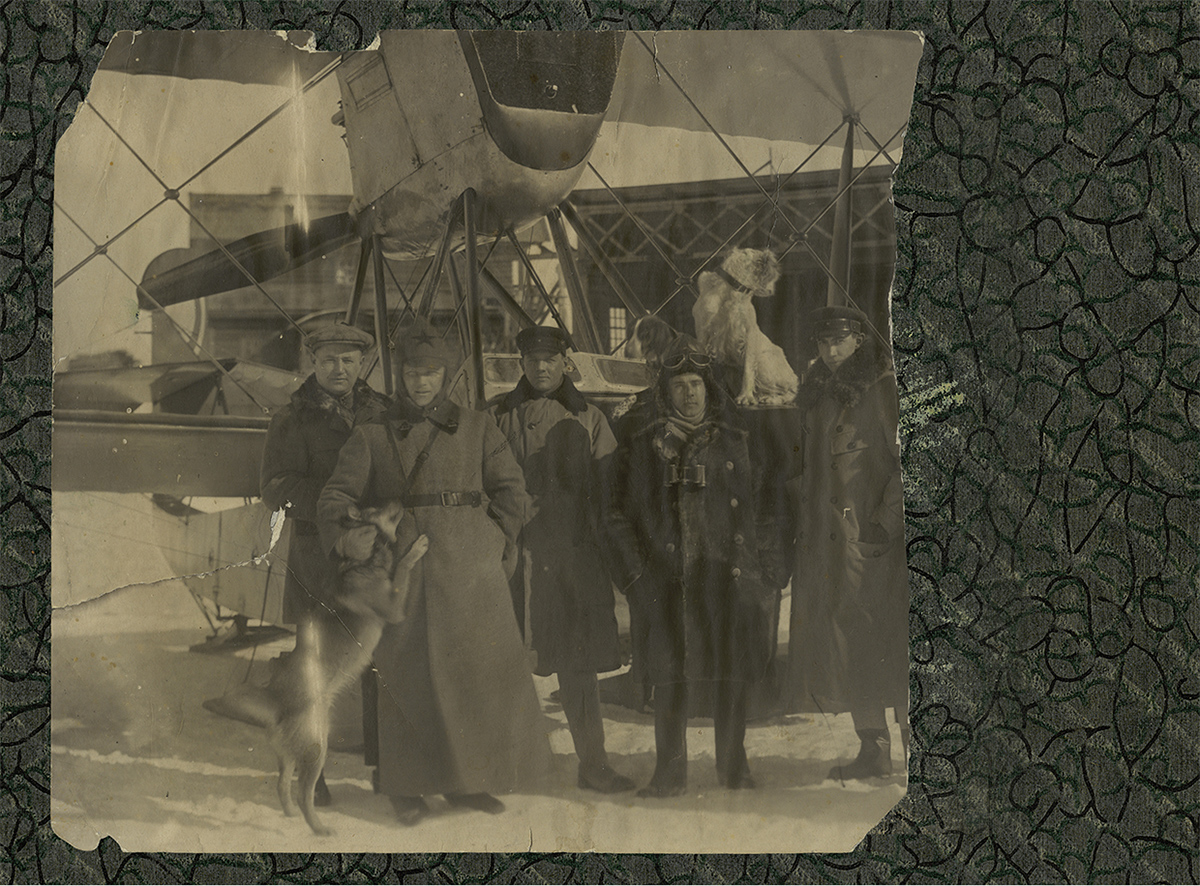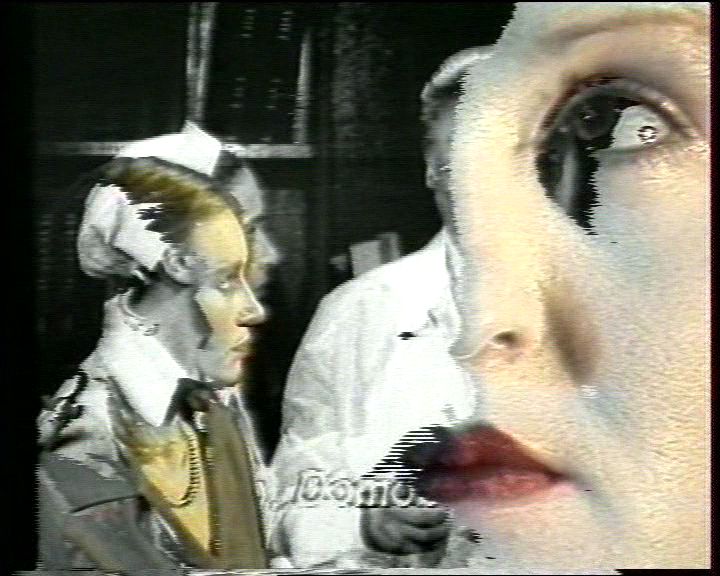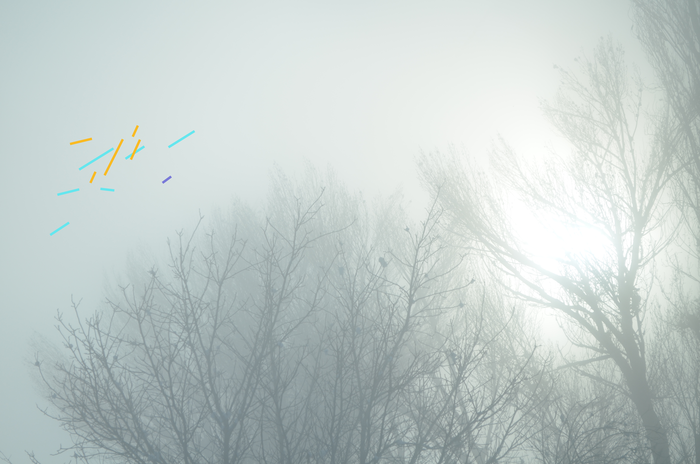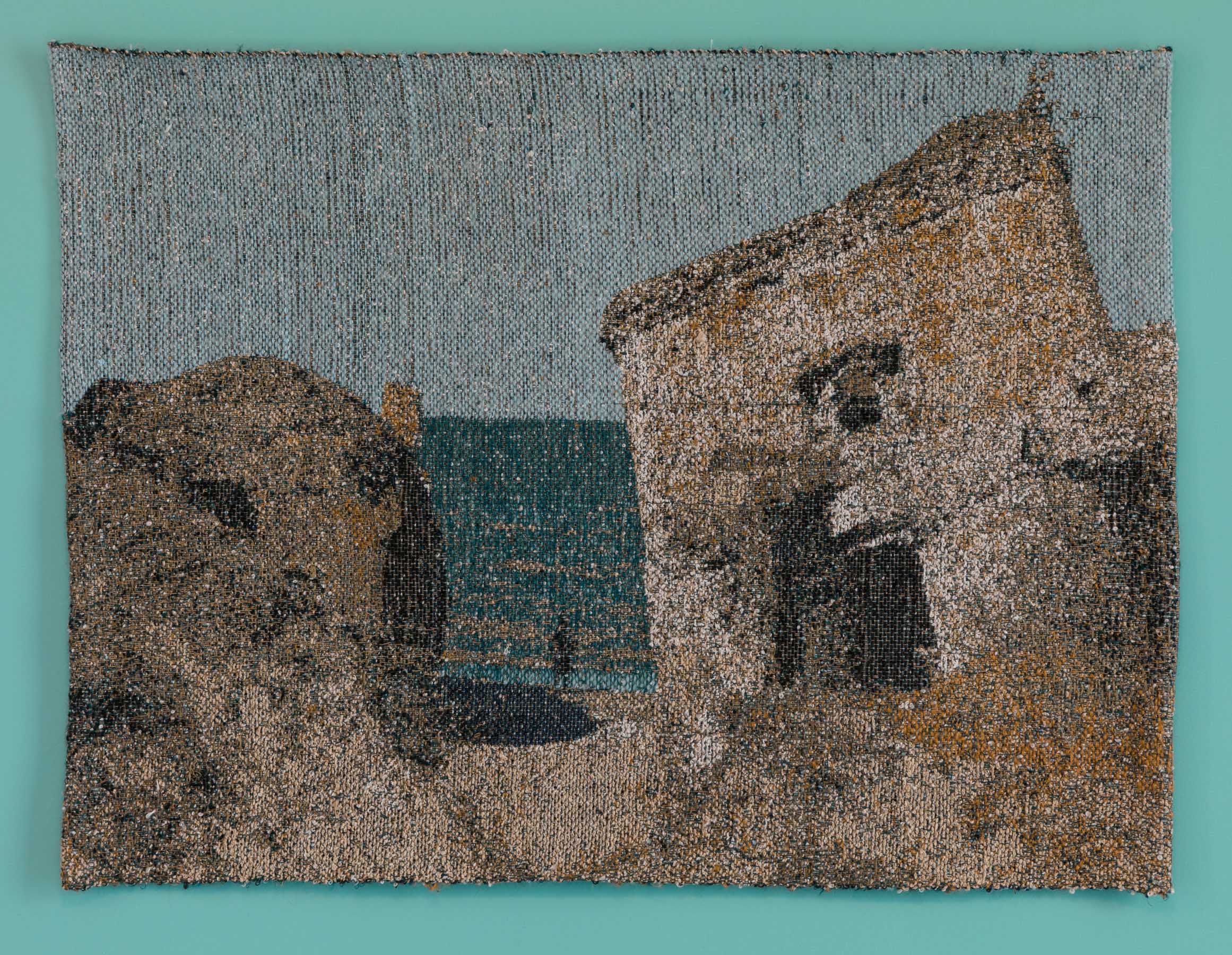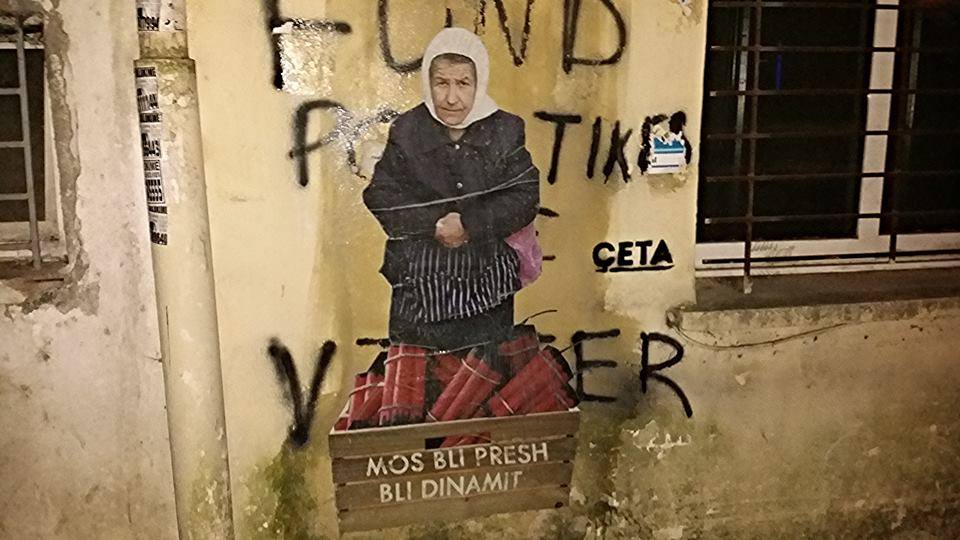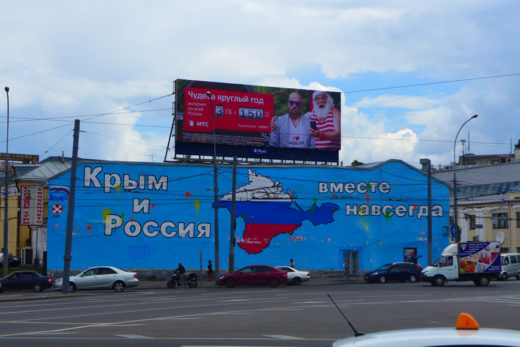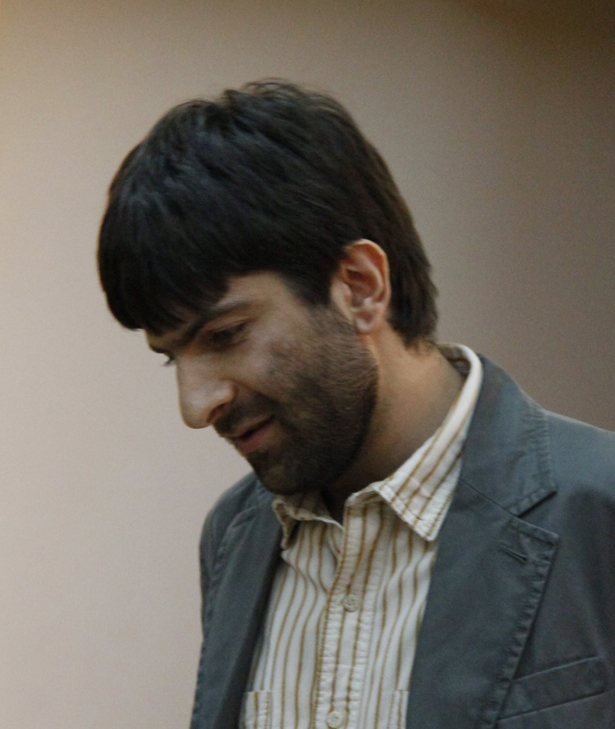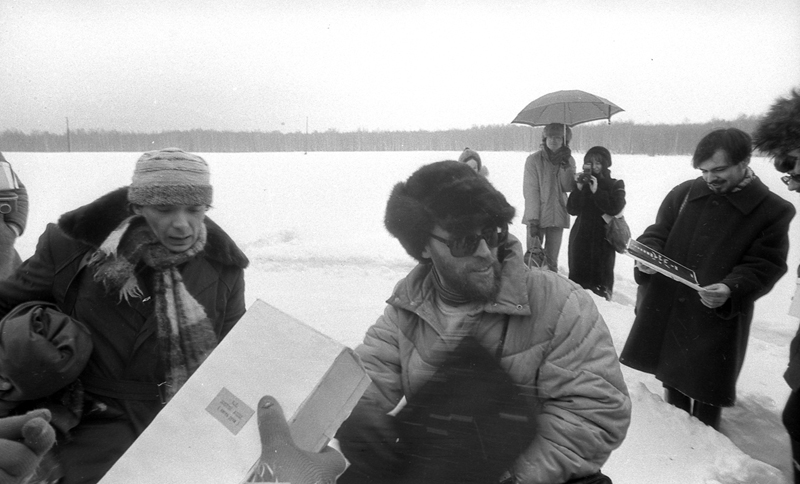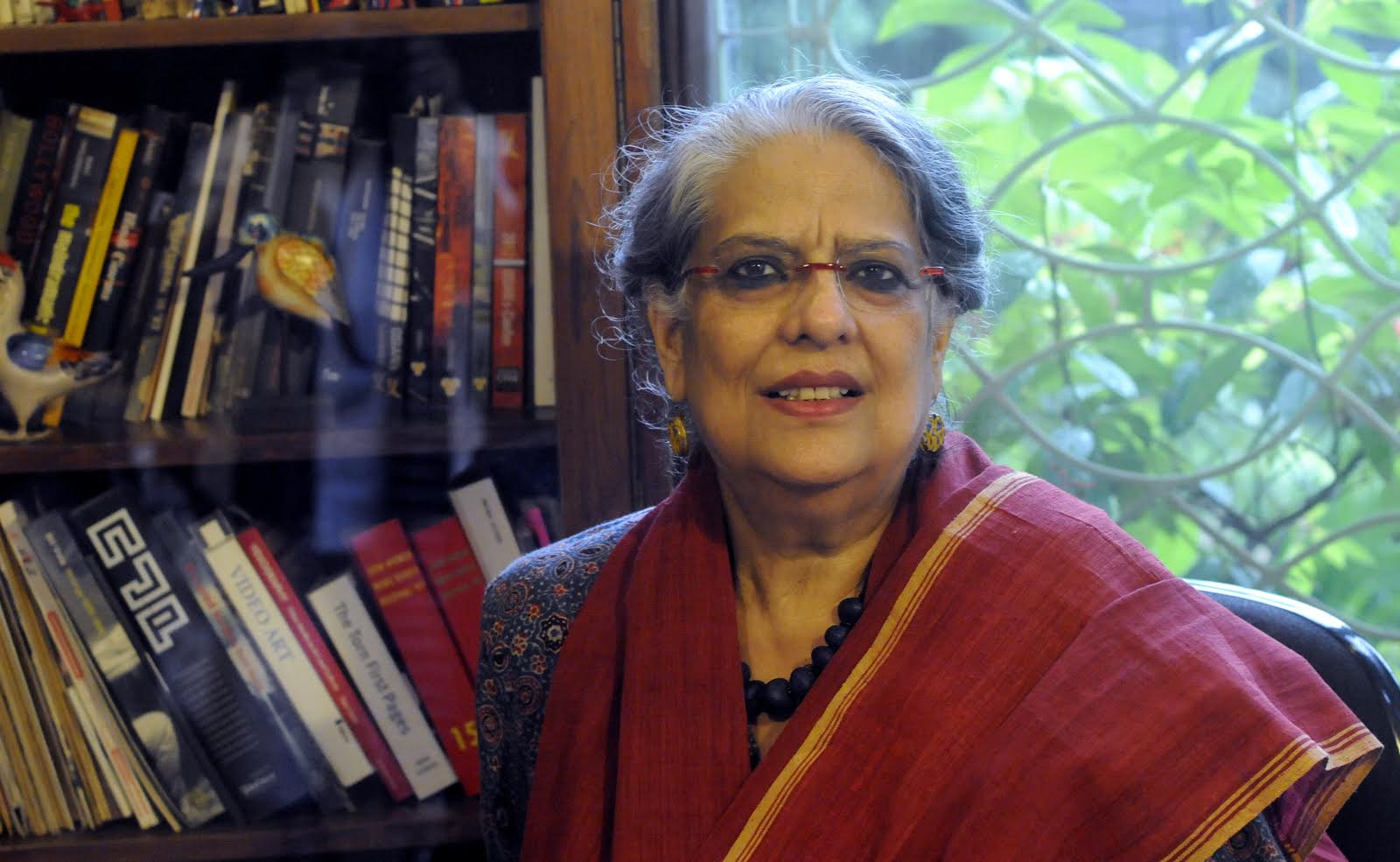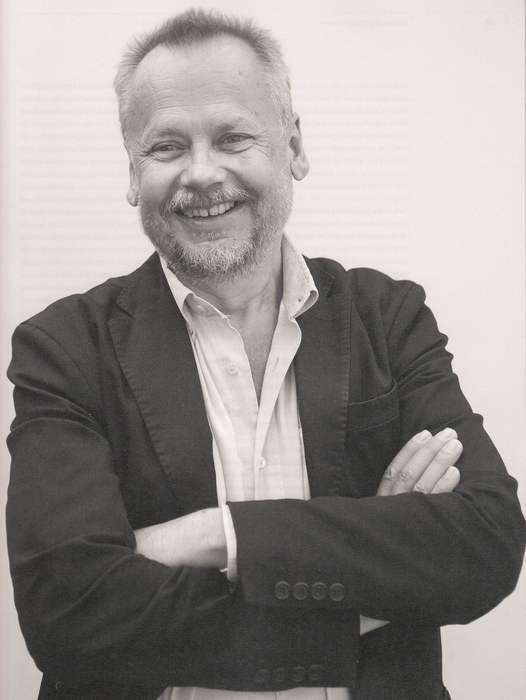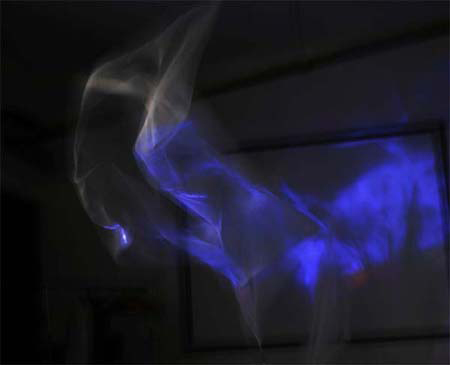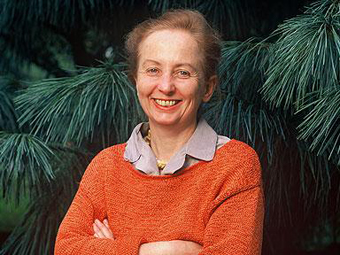Dialogue between Yevgeniy Fiks and Thomas Sokolowski about Fiks’ recent show at the Zimmerli Art Museum
Yevgeniy Fiks calls himself a “post-Soviet” artist, thus designating his personal history of belonging to the generation that was born in the Soviet Union and came to the West after its collapse. His work can be characterized as an archival exploration of history, understood as the unearthing of facts, events, and narratives that have been forgotten or obscured by dominant ideological discourses. His first “mini-retrospective” entitled Mr. Deviant, Comrade Degenerate: Selected Works by Yevgeniy Fiks, which was on view at the Zimmerli Art Museum at Rutgers University until the end of July, focuses on three different types of nonconformism – … Read more

